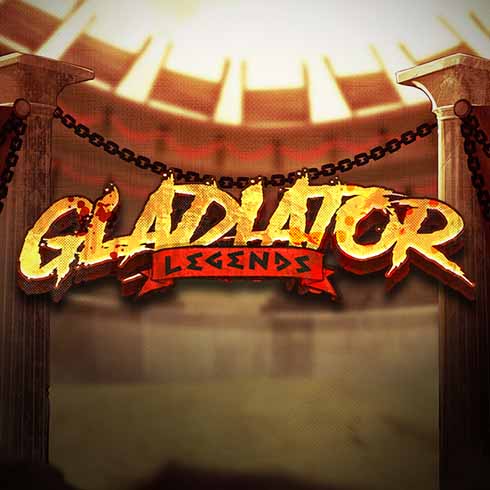In the annals of history, few figures are as iconic and evocative as the gladiators. The Gladiator Legends narrative captures not just the bloodshed and brutality of the arena but also the honor, struggle, and sheer human will that defined these warriors. It is a tale interwoven with themes of survival, loyalty, and the fight for freedom against insurmountable odds. This blog post delves deeper into the world of gladiators, exploring their legends, culture, training, impact on society, and lasting legacy.
The Historical Landscape of Gladiators
Understanding the cultural and historical context in which gladiators emerged is vital to appreciating their significance. Gladiators were more than mere entertainers; they were symbols of strength, virtue, and sometimes rebellion. Rooted in the ancient Roman Empire, their origins can be traced back to funeral games held in honor of deceased nobles. Over time, these evolved into public spectacles that drew vast audiences eager for bloodlust and entertainment red88.
The Origins of Gladiatorial Combat
The genesis of gladiatorial combat is steeped in ritualistic practices aimed at honoring the dead.
Initially, individuals would engage in combat during funerals, believed to appease the spirits of the deceased. Gradually, this tradition morphed into organized events where trained fighters battled each other for public spectacle. The earliest records point to these combats being held in the Etruscan civilization before they transitioned into Roman prominence.
The Romans institutionalized gladiatorial games, providing them with an elaborate structure. They established arenas, such as the famous Colosseum, designed to host thousands of spectators. In many ways, gladiators became the embodiment of Roman values—strength, courage, and a willingness to face death head-on. However, beneath this glorification lay darker undertones of exploitation and oppression.
The Life of a Gladiator: A Double-Edged Sword
To fully grasp the complexity of a gladiator’s existence, it is essential to explore both sides of their life—the glory and the grim reality.
Most gladiators were slaves or prisoners of war, thrust into a life of combat against their will. They underwent rigorous training in special schools known as “ludi,” where they learned various fighting techniques and weapons handling. Despite their often tragic circumstances, successful gladiators could earn fame and fortune, enjoying privileges normally reserved for the elite.
This duality creates an intriguing dynamic. On one hand, gladiators were adored by the masses, celebrated as heroes in a society obsessed with valor. On the other hand, they lived under constant threat of violent death, their lives hanging by a thread every time they stepped into the arena. This paradox reveals the complexities of power dynamics in ancient Rome, raising questions about what it meant to be a hero when one’s life was so precarious.
The Role of Women in Gladiatorial Games
While most gladiators were male, women did participate in these brutal contests, albeit less frequently.
Historical accounts suggest that female gladiators, known as “gladiatrices,” engaged in combat as well, challenging gender norms of their time. Their participation opened discussions about femininity and strength, blurring the lines between traditional roles assigned to women and the fierce independence embodied by these female warriors.
Though their representation in historical texts is limited, women gladiators symbolize empowerment and the breaking of societal constraints. Their stories serve as a reminder that the allure of gladiatorial combat transcended gender, attracting individuals from all walks of life who sought glory, despite the inherent risks involved.


